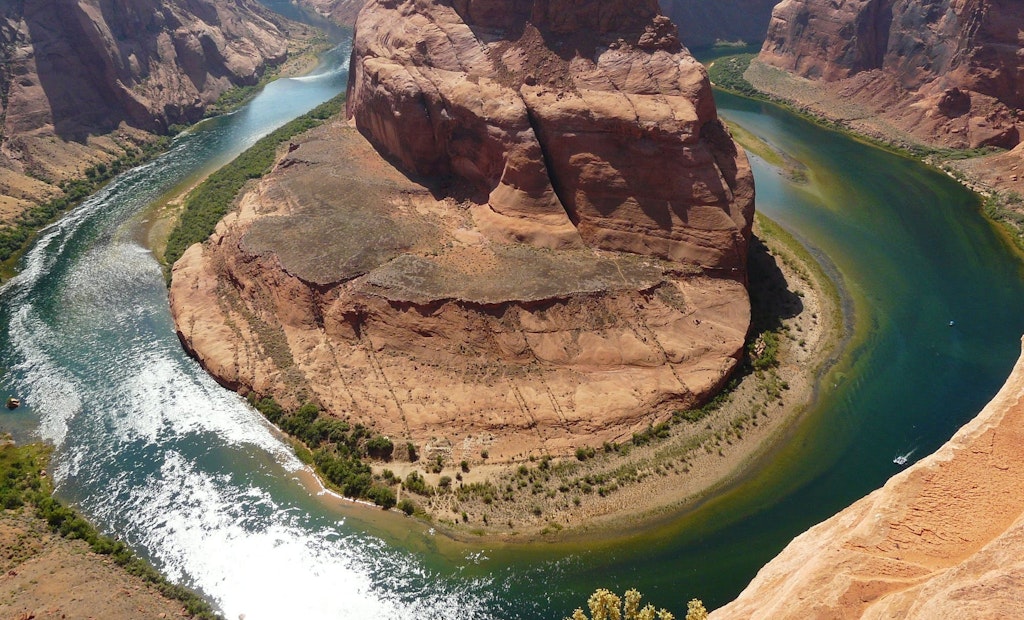To address the continued potential for low run-off conditions and unprecedented water shortages in the Colorado River Basin, the Department of the Interior’s Bureau of Reclamation has released a draft Supplemental Environmental Impact Statement to potentially revise the current...
Interior Department Tackles Colorado River Basin Water Shortages With Draft Plan for Dam Operations
The draft outlines alternatives and tools needed to manage drought in the basin and strengthen water security in the West
Popular Stories
Discussion
Comments on this site are submitted by users and are not endorsed by nor do they reflect the views or opinions of COLE Publishing, Inc. Comments are moderated before being posted.






